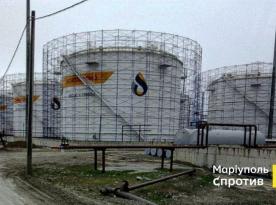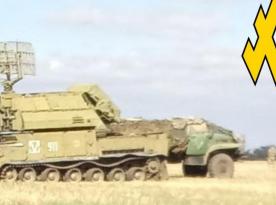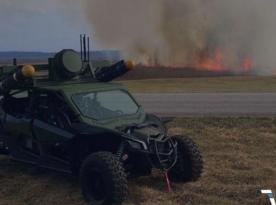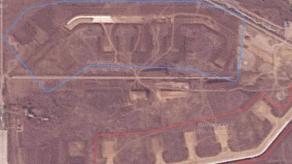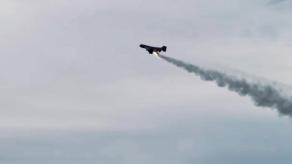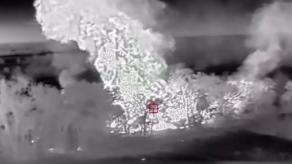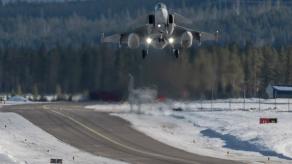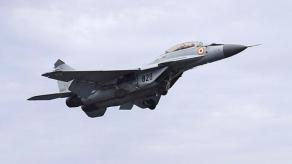The FP-1 long-range drone, first publicly demonstrated in May 2025, is already being produced at a pace comparable to russia's Shahed-136/131 loitering munitions — about 100 units per day.
These figures were reported in an Associated Press story, which also detailed the production of the FP-5 Flamingo cruise missile at the Fire Point enterprise.
Read more: FP-5 Flamingo Is Nothing Like the Tu-141 Strizh: Let's Explain in Pictures
"The company is currently producing about 100 drones per day, at a price of $55,000 per unit," the article noted. In practice, this means Ukrainian long-range drone strikes on russian territory have become not only routine but almost daily. And the FP-1 is far from Ukraine's only long-range drone.
According to the Defense Intelligence of Ukraine, Shahed production in russia as of mid-summer was also around 100 units daily. The known purchase price of a Shahed in 2023 was $193,000 per unit, though this may have since changed — potentially down due to component simplifications, or up with the introduction of far more expensive Kometa-M satellite navigation modules with 8 or 12 CRPA elements.
As of now, FP-1 production alone appears to match russia's output, but at a much lower cost per unit. The answer to how Ukrainians managed to make it cheaper lies in the manufacturing technology, visible in the images from Fire Point's factory.
The FP-1's load-bearing structure is made of plywood, milled on laser CNC machines. This lightweight "skeleton" is then covered with an outer "skin" that is slotted and tied into place.
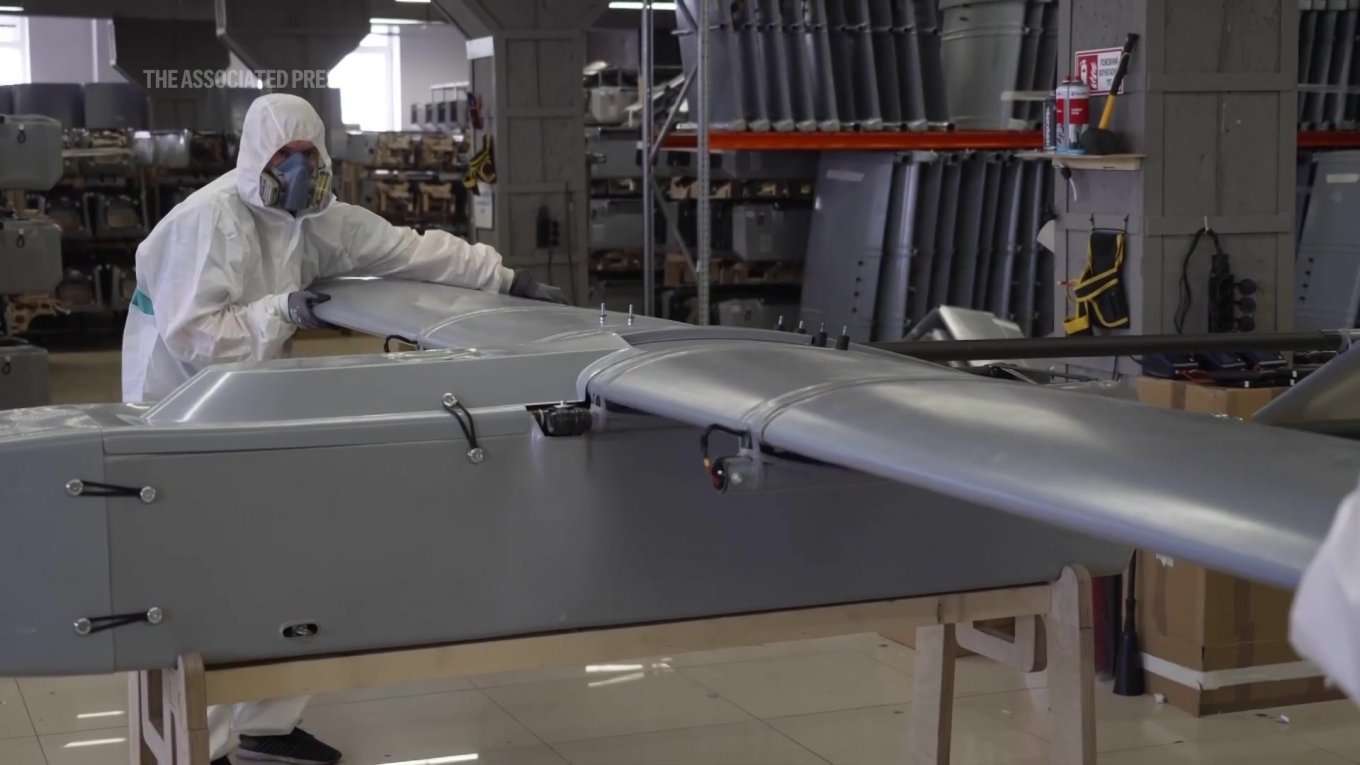
For reusable aircraft, such a solution would be questionable. But for a one-way kamikaze drone, designed to make a single flight ending in detonation, it is more than sufficient and just the right approach. Simplicity, speed, and low cost are exactly with the understanding that it is a disposable product are exactly what is needed.
Shahed production, by contrast, stems from its design roots in the German DAR loitering munition from the 1980s, when manufacturing practices were entirely different. Its fuselage is made by layering carbon fiber and curing it in an autoclave, with full-fledged spars and ribs as structural components.
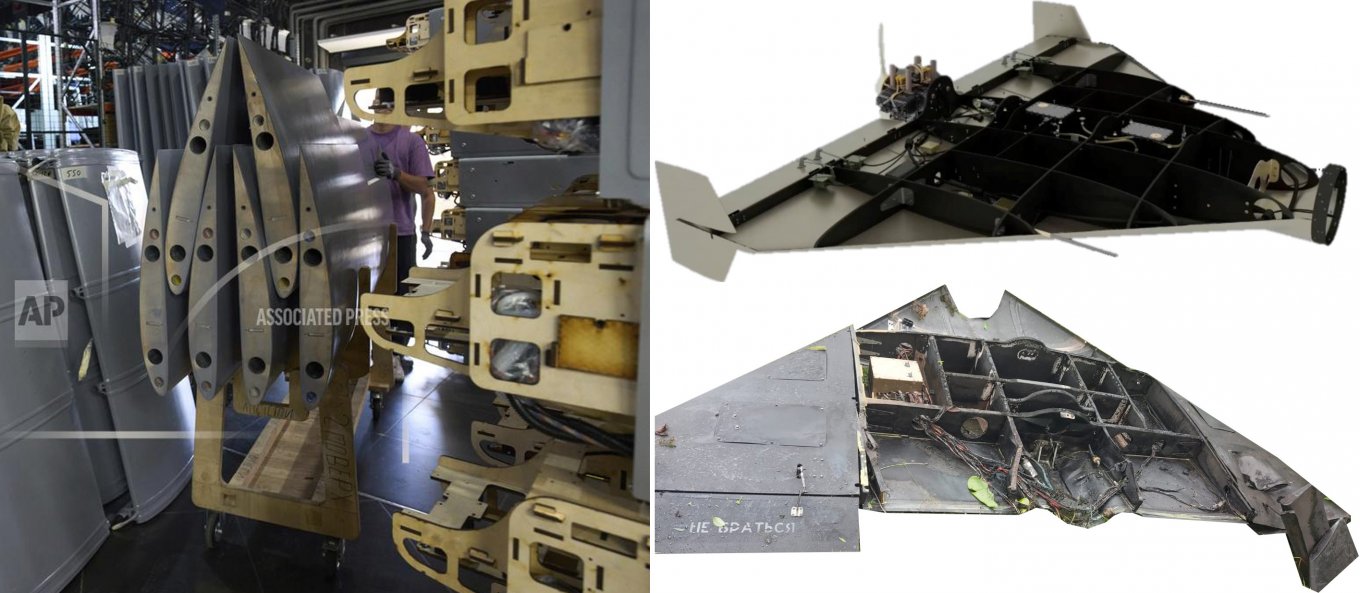
Size also drives cost. The Shahed-136 and its russian derivatives Geran-2 and Garpiya-1 are larger, requiring more material and a bigger four-cylinder engine, whereas the FP-1 uses a cheaper two-cylinder engine.
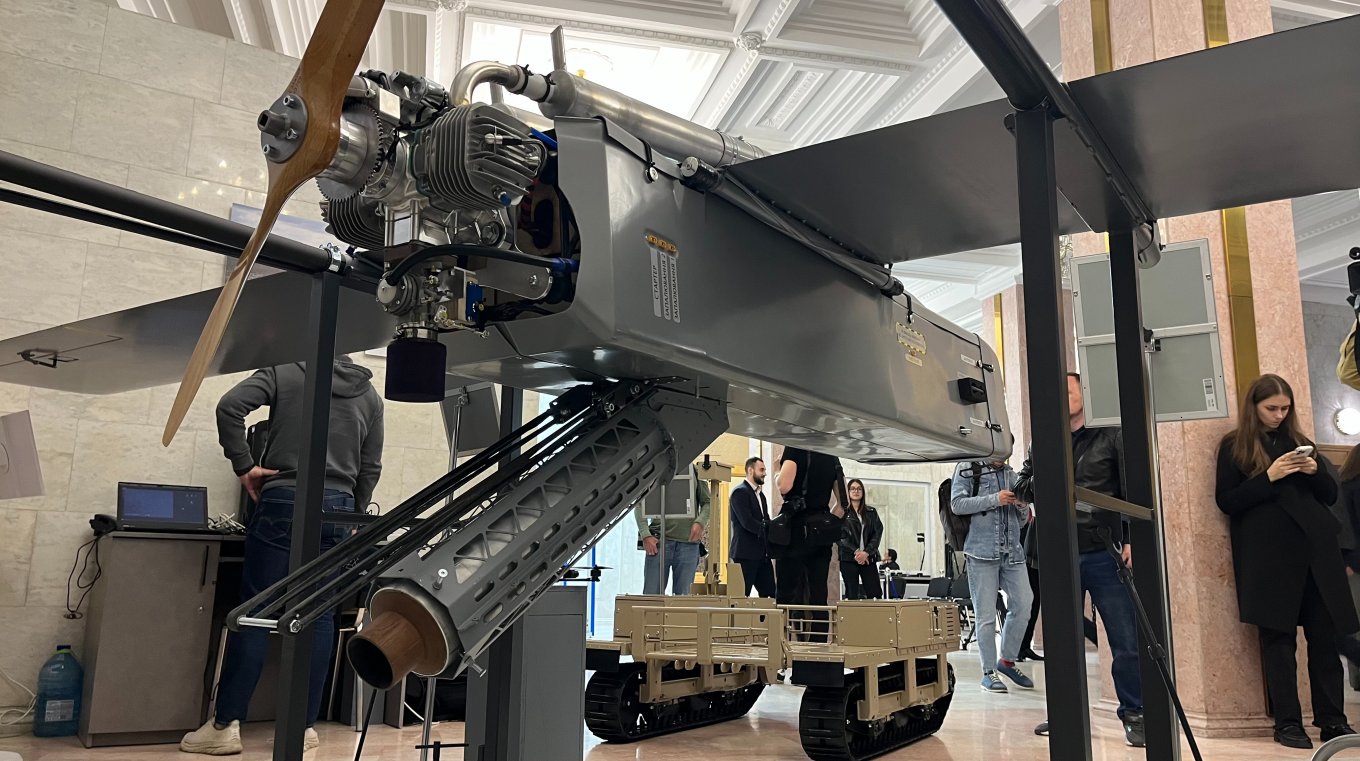
Despite this simpler design, the FP-1 carries a significant warhead. AP reported it as 60 kg, though at the presentation, the payload was described as up to 120 kg. The trade-off is range, with heavier loads reducing endurance. Officially, the FP-1's maximum range is 1,600 km.
Read more: Ukrainian Fire Point FP-5 Flamingo in Detail: Warhead From the U.S., Possibly Bunker-Buster, and Ballistic Missile Body





